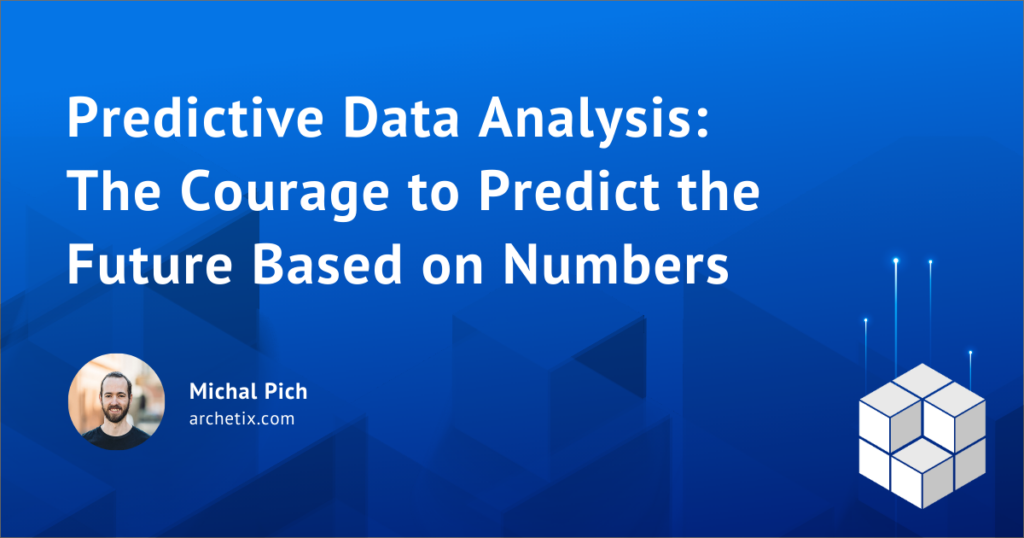Predictive data analysis has become an integral part of web and data analytics. This innovative method of analysis relies on processing historical data and creating models that predict future trends, user behavior, and outcomes based on this information.
Basic Principles
Web and data analytics are becoming increasingly more important tools for companies focused on the online environment. Predictive data analysis in these areas involves collecting, transforming, and analyzing large datasets to reveal patterns and predict future behaviors.
How Predictive Data Analysis Works in Web and Data Analytics
Data Collection
The fundamental step for predictive analysis is data collection. This is most commonly done using tools for collecting data from websites, e-commerce platforms, social media, and other online sources. This data is then stored and processed for further analysis.
Data Cleaning and Transformation
Data obtained from various sources may be diverse and contain errors or incomplete information. For proper analysis, it is essential to clean and transform the data, including removing duplicates, correcting errors, and possibly transforming the data into a suitable format for modeling.
Creating Predictive Models
Based on the cleaned and prepared data, predictive models are created. These may involve various machine learning methods and algorithms such as regression analysis, classification models, or neural networks. The goal is to create models that have the ability to predict future events or behaviors based on historical data.
Model Validation and Optimization
After creating the models, it is important to validate and optimize them. This includes testing the models on new data and adjusting the model parameters to achieve the best prediction accuracy.
Implementation and Interpretation of Results
Finally, successful models are implemented into practice. The results of predictive analysis can provide valuable information for decision-making in marketing, content personalization, demand forecasting, and much more.
The Future of Predictive Analysis in Web and Data Analytics
With technological advancement and the increasing volume of data, predictive analysis is expected to play an even greater role in web and data analytics. Improvements in algorithms, tools, and techniques will enable better utilization of data and provide even more accurate and relevant predictions.
Advantages of Predictive Analysis
The advantages of predictive analysis, especially for e-commerce, are diverse and bring significant benefits. The following advantages demonstrate how predictive analysis can help e-commerce:
Personalized User Experience (UX)
Predictive analysis allows e-commerce platforms to understand customer behavior and predict their preferences. This way, they can create personalized offers, product recommendations, and individual marketing strategies. Customers feel more valued and tend to shop more frequently.
Demand Prediction and Inventory Management
By analyzing historical data and trends, e-commerce platforms can predict demand for products and optimize their inventory. This way, they minimize the risk of shortages or, conversely, surpluses, which can improve efficiency and increase revenue.
Dynamic Pricing and Promotions
Predictive analysis enables e-commerce platforms to identify suitable situations for changing product prices or launching promotional campaigns. By analyzing data on customer behavior and competition, e-commerce platforms can flexibly respond to market conditions, leading to increased sales.
Customer Churn Prevention
With predictive analysis, e-commerce platforms can identify customers who are likely to churn and actively offer them special deals or care. This increases customer loyalty and reduces churn rates.
Optimization of Advertising Campaigns
Using predictive analysis, e-commerce platforms can better target their advertising campaigns. Identifying the most effective channels, timing, and content of advertisements can lead to a higher return on advertising investment (ROI).
Improvement of User Interface and Navigation
Analyzing user behavior data on e-commerce websites allows identifying weak points or problems in the user interface. This way, e-commerce platforms can improve navigation and user experience, leading to increased conversions.
Conclusion
Predictive data analysis is a key element of web and data analytics, enabling companies and organizations to better understand future trends and user behavior. Data processing, model creation, and result interpretation are key steps that enable predicting the future based on historical information. With the ongoing development of technologies, predictive analysis will play an even greater role in leveraging the vast amount of available online data.
Predictive data analysis provides e-commerce platforms with a competitive advantage in the online environment by enabling them to better understand customer behavior and market trends. By leveraging this information, e-commerce platforms can optimize their sales, marketing, and user environments, leading to improved customer satisfaction and increased revenues.
Do you have any questions about predictive analysis? Feel free to contact us! Our team of data analysts is here for you. Secure the development of your business and gain a significant competitive advantage.

